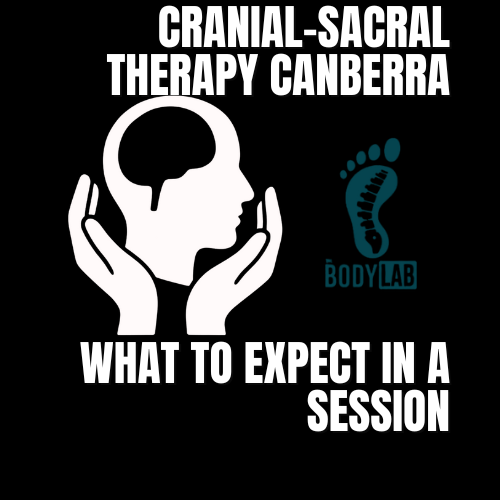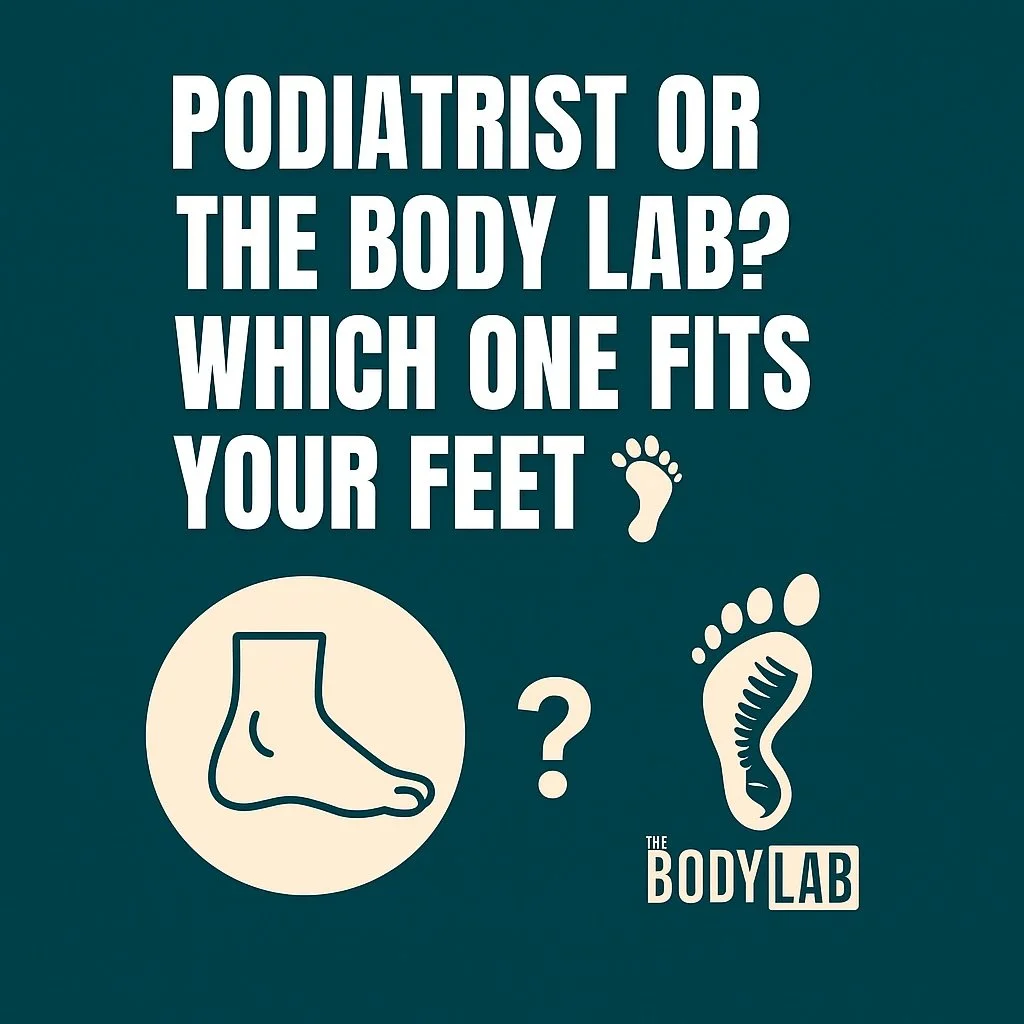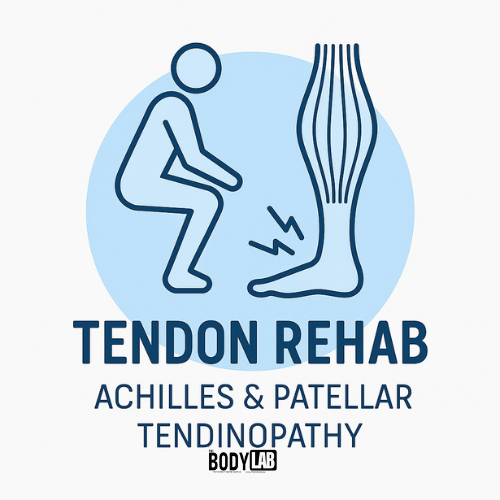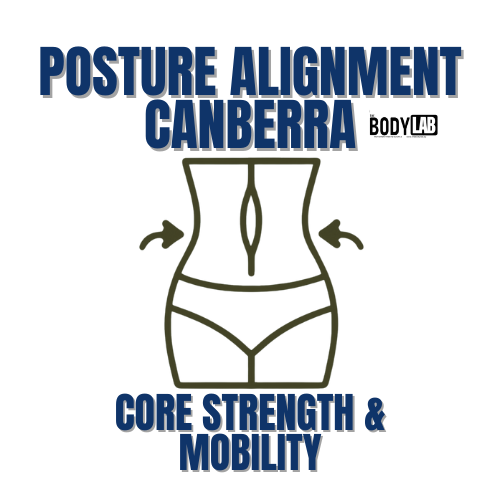
Foot Pain Canberra: Do You Really Need Arch Support — or a Better Plan?
Struggling with foot pain in Canberra? Learn when arch support actually helps, when it doesn’t, and why foot function matters more than arch shape.

Back Pain Canberra: Your Most Asked Questions, Answered (With Zero Fear-Mongering)
Back pain is ridiculously common in Canberra — but that doesn’t mean you should put up with it. In this guide, we break down the real causes of back pain, when you actually need a scan, who to see, and why movement (not bed rest) is your secret weapon. Clear, evidence-based, and written with zero fear-mongering — just the facts, a little sass, and practical steps to start feeling better today.

NEUTRAL SPINE: YOUR SECRET WEAPON AGAINST BACK PAIN (CANBERRA EDITION)
“Neutral spine” isn’t stiff posture — it’s your spine’s stress-free, pain-free position. This blog explains what it is, how to find yours, and why it changes everything from walking to lifting. With clear demos, simple cues, and a link to our Core Reset: Spinal Mobility Program, you’ll learn how to move better, breathe better, and feel better.

Can You Correct Years of Bad Posture? (Yes — And Here’s How, Canberra)
Can you really fix years of bad posture? Yes — absolutely. Your body is adaptable at any age, and with the right movement strategy, strengthening, mobility work and expert posture assessment, long-term improvements are not only possible but surprisingly achievable. Learn how to correct rounded shoulders, forward head posture, pelvic tilt and spine stiffness, and why clients across Canberra come to The Body Lab for posture and movement therapy.

Cranial-Sacral Therapy: Exploring a Typical Treatment Session
Ever wondered what actually happens during a cranial-sacral therapy session? At The Body Lab Canberra, we combine gentle CST with nerve releases and acupuncture — a unique approach you won’t find anywhere else in Canberra. Discover what a session feels like, how it helps headaches, TMJ, anxiety, concussion recovery and that “not quite right” feeling your body hasn’t been able to explain.

Canberra’s Rising Induction Rates: Can Acupuncture Can Help You Prepare Naturally
Induction rates in Canberra are higher than ever — but that doesn’t mean you’re out of options. This guide explores why births are being induced more often, what it means for your labour, and how acupuncture can naturally support cervical ripening, reduce stress, and help your body prepare for birth on its own timeline.

Shin Splints: Can You Avoid Them When Playing Footy, Soccer or League?
Tired of shin splints ruining your game? Discover the real causes behind shin pain and how The Body Lab helps footy, soccer, and league players move better and recover faster.

The Foot’s Secret Superpower: Understanding the Windlass Mechanism
Every step you take depends on a brilliant piece of foot engineering called the Windlass Mechanism. This dynamic system—driven by your plantar fascia and big toe—lets your arch lift, your heel rise, and your body move efficiently. In this deep dive, Riccardo from The Body Lab Canberra explains how it works, what happens when it fails, and how to restore effortless motion through smarter foot mobility exercises and biomechanical insight.

Posture in Canberra: How The Body Lab Does It Differently
Posture correction in Canberra doesn’t mean endless stretching or nagging to “sit up straight.” The Body Lab offers a biomechanics-based, movement-first approach that treats the root cause of neck and back pain through assessment, manual therapy, and posture retraining.

I Have Bunions — What Can I Do That’s Different?
If bunion pain is limiting your movement, The Body Lab Canberra offers a smarter solution. Instead of relying on orthotics or surgery, Riccardo Galeotti uses biomechanics, gait retraining, and hands-on therapy to help you move freely again — from the ground up.

Podiatrist vs The Body Lab Canberra — Which One Fits Your Feet?
Podiatrist or The Body Lab Canberra? Learn how Riccardo Galeotti treats foot pain and plantar fasciitis through biomechanics and movement — not just needles or orthotics.

Knee Pain Treatment Canberra — Long-Term Relief Through Biomechanics and Movement Therapy
Knee pain isn’t just a knee problem. At The Body Lab Canberra, Riccardo Galeotti uses biomechanics, gait analysis, and tailored movement therapy to restore pain-free motion.

Biomechanics Workshops by Riccardo Galeotti — Learn to See Movement Differently
Curious if The Body Lab’s biomechanics workshops are right for you? Whether you’re a health professional looking to deepen your understanding of functional movement, or simply someone who wants to learn how their body really works, these hands-on workshops offer a unique approach to biomechanics — blending science, movement, and practical application from the ground up.

Protein, Amino Acids & Your Brain
Protein isn’t just about muscle — it’s the chemistry behind movement, mood, and recovery.
At The Body Lab Canberra, we explore how amino acids like tryptophan, tyrosine, and glutamine fuel your brain, support your nervous system, and rebuild your body from the inside out. Learn the science, discover the best food sources, and see how protein underpins everything from stress recovery to smooth, coordinated movement.

Bunion Treatment Canberra — Understanding & Fixing Bunions from the Ground Up
Bunions aren’t just bumps. At The Body Lab Canberra, we treat the real cause — poor movement. Learn how exercise therapy and biomechanics can restore your feet naturally.

Motion is Lotion for Your Nerves
At The Body Lab, every treatment begins by calming your nervous system — because movement starts with safety. Through gentle nerve releases and neural mobilisation, we help your body shift from tension to flow, restoring fluid motion and connection. Discover how science backs the idea that “motion is lotion for your nerves” and why our Foundational Movement, Advanced Biomechanical, and Movement & Longevity Roadmap sessions all start with one goal: helping your nerves feel safe to move again.

The Body Lab vs. Traditional Physiotherapy in Canberra: Which Is Right for You?
Physio or The Body Lab? Compare Canberra’s movement options. Learn when to see a physiotherapist for acute injuries or Riccardo Galeotti for chronic pain and complex movement issues.

Exercise and Brain Health: How Moving Your Body Lowers a Key Dementia Risk Marker
Did you know exercise changes your brain chemistry? A Tasmanian study has found that vigorous activity lowers levels of GFAP, a protein linked to dementia risk. This means that running, swimming, or any activity that gets you puffing could help keep your brain younger for longer.

Achilles & Patellar Tendinopathy Rehab: Exercise Prescription Based on Tendon Strain
Tendons love load—but only in the right amount. This guide explains how exercise prescription based on tendon strain can improve Achilles and patellar tendinopathy, with practical exercises, timelines, and tips for older adults in Canberra.

Posture Alignment Canberra: Diastasis Recti, Core Strength, and Mobility
Discover how posture alignment in Canberra can be restored through mobility and core strength. Learn the latest research on diastasis recti, why mobility comes first, and how The Body Lab’s programs help you move better, reduce pain, and build lasting stability.
